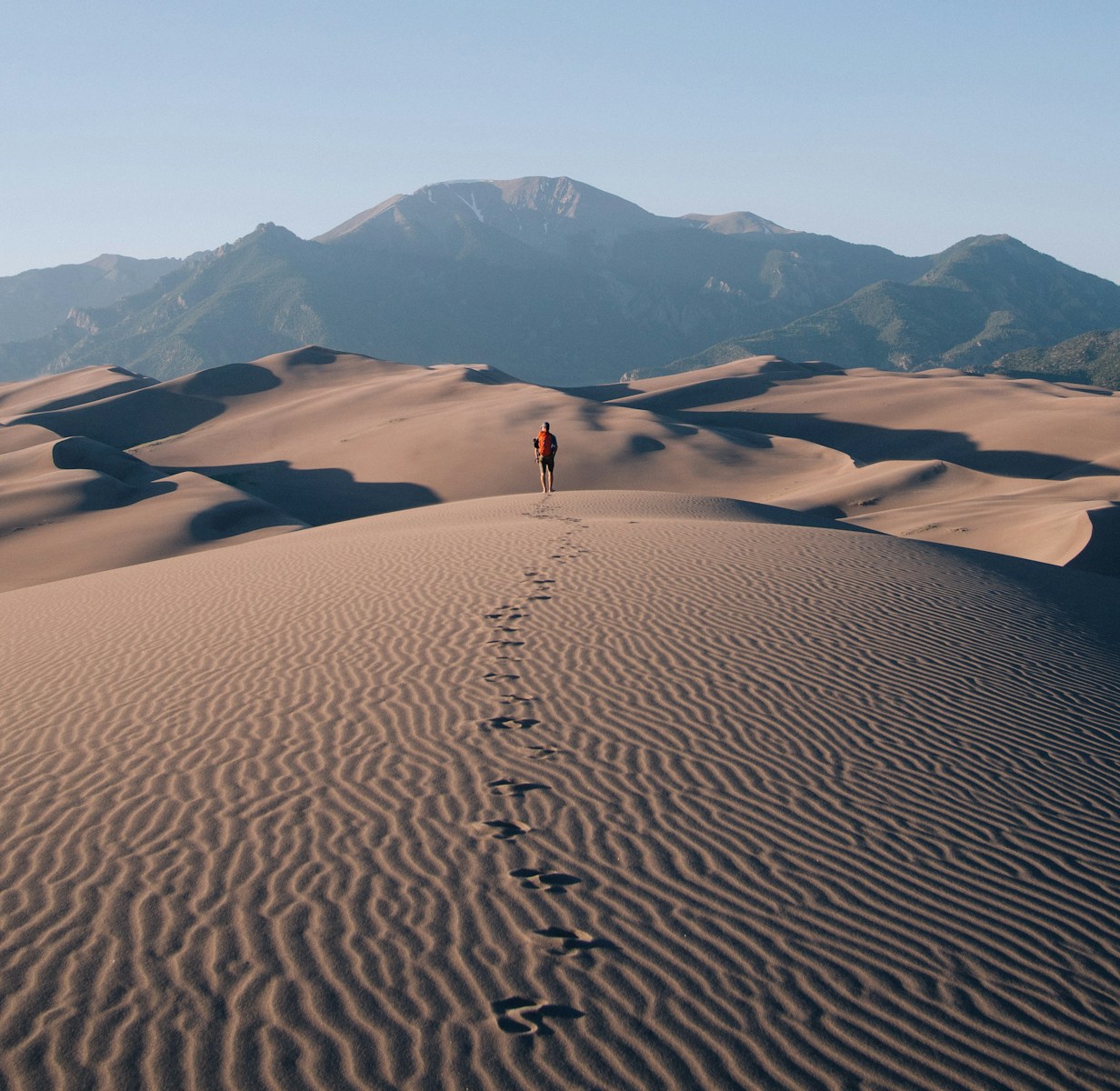Arabian Desert- A Big Orange Sight

When you think of deserts, you might picture endless sand and scorching heat. But the Arabian Desert is much more than that. It’s a place of striking beauty, history, and culture. Often called a “big orange sight,” it stretches across much of the Arabian Peninsula, offering views that are hard to forget.
This vast landscape covers parts of Saudi Arabia, Oman, the UAE, Yemen, and Jordan. With its golden-orange dunes, rocky plateaus, and open skies, it’s a natural wonder you should see at least once in your lifetime.
A Land of Endless Sands
The Arabian Desert spans over 2.3 million square kilometers, making it one of the largest deserts in the world. Its most famous part, the Rub’ al Khali or “Empty Quarter,” is the largest continuous sand desert on Earth.
Here, you’ll find dunes that can rise more than 250 meters high. When the sun rises or sets, these dunes glow with shades of gold and orange, creating the “big orange” view that travelers love.
The Climate and Seasons
Yes, the desert is hot — but it’s not the same all year. In summer, daytime temperatures can soar above 45°C (113°F). Winters are milder, with daytime temperatures around 20°C (68°F), making it the best time for travel.
Rain is rare, but when it comes, it transforms some areas into blooming landscapes. Desert plants like acacia trees and wildflowers briefly appear, adding a splash of green to the orange backdrop.
Wildlife in the Arabian Deser
It may look empty, but the Arabian Desert is home to fascinating wildlife. You might spot:
- Arabian oryx – A graceful antelope once on the brink of extinction.
- Sand gazelles – Agile and quick, perfect for desert life.
- Desert foxes – Known for their big ears and sharp hunting skills.
- Lizards and snakes – Adapted to survive in the harsh heat.
Birds like falcons and eagles also thrive here, making it a great spot for birdwatching.
Rich History and Culture
The desert has been home to Bedouin tribes for centuries. These nomadic people developed skills to survive in harsh conditions — from finding water to navigating by the stars.
You can still experience Bedouin hospitality today. Many desert tours offer visits to Bedouin-style camps, where you can enjoy traditional Arabic coffee, camel rides, and storytelling under the stars.
The Arabian Desert also played a key role in the history of trade. The ancient incense route passed through it, carrying frankincense and myrrh from Oman and Yemen to the Mediterranean.
Popular Destinations in the Arabian Desert
While the desert is massive, there are a few spots travelers love:
1. Rub’ al Khali (Empty Quarter) – Saudi Arabia & Oman
The largest sand desert in the world. Best for extreme desert exploration.
2. Liwa Oasis – UAE
Known for lush date farms surrounded by towering dunes.
3. Wahiba Sands – Oman
Famous for orange-red dunes and Bedouin camps.
4. Wadi Rum – Jordan
A mix of desert and rocky cliffs, popular for hiking and stargazing.
Desert Activities You’ll Love
The Arabian Desert is not just for sightseeing. You can enjoy:
- Dune bashing – Off-road driving over steep dunes.
- Camel trekking – A slow and scenic way to explore.
- Sandboarding – Like snowboarding, but on golden sand.
- Camping – Sleeping under millions of stars.
- Photography – Capturing the warm tones of sunrise and sunset.
If you’re into culture, join a Bedouin cooking session or learn about falconry, a traditional desert sport.
Best Time to Visit
The best time to see the Arabian Desert is from November to March. The weather is cooler, making outdoor activities more enjoyable. Avoid peak summer months unless you’re prepared for extreme heat.
How to Stay Safe in the Desert
- Dress light but cover up – Protect your skin from the sun.
- Carry plenty of water – Dehydration can happen fast.
- Go with a guide – Getting lost in the desert is dangerous.
- Check the weather – Sandstorms can occur.
Why It’s Called a “Big Orange Sight”
At sunrise and sunset, the sand reflects the light in a deep golden-orange glow. This effect is even stronger in places like Wahiba Sands and Liwa Oasis. From a high dune, you can see waves of orange sand stretching as far as your eyes can reach.
This natural display, combined with the peaceful silence of the desert, makes the Arabian Desert unforgettable.
A Photographer’s Dream
If you love photography, the Arabian Desert is paradise. The shifting dunes create patterns and textures that change throughout the day. Wildlife, traditional tents, and camel caravans add to the visual story.
Tip: Use the golden hours — early morning and late afternoon — for the best shots.
Sustainability and Respect
Tourism in the Arabian Desert is growing. To keep its beauty intact:
- Avoid littering.
- Respect local traditions.
- Use eco-friendly tour operators.
Final Thoughts
The Arabian Desert is more than just sand — it’s a land of color, culture, and life. From the golden dunes of the Empty Quarter to the rocky cliffs of Wadi Rum, every part offers a different experience.
If you ever have the chance, stand on a high dune during sunset. Watch the horizon turn into a big orange sight. You’ll understand why travelers from around the world fall in love with this desert.
